Tags: Mammals
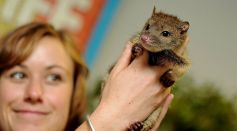
Australian Quolls Hungriest During Winter; Animals Chew on Human Corpses 111 Times Since 1831
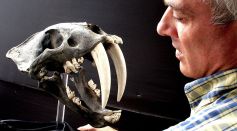
New Saber-Tooth Species With Specialized Teeth For Tearing Off Flesh Discovered, Will Shed Light on the Evolution of Carnivorous Mammals
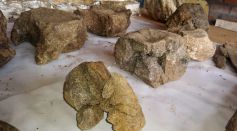
34 Million Years of Ancient Mammal Migration May Help Solve the Long-Lasting Mystery of ‘Lost Continent’
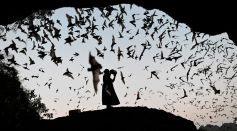
Bats’ Ear Bone Disappearance Turn Them Into Superb Echolocators for Easier Night Hunting

Asian Unicorn Now Critically Endangered; Hunt for Saolas Still on Progress to Prevent Extinction

Armadillo Invasion: Why Did They Choose the Carolinas? Scientists Aren't Sure But They're Here to Stay
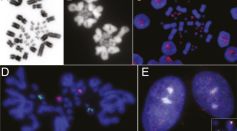
Microchromosomes Identified as Building Blocks of Every Vertebrate Animal; Junk DNA Specks More Essential than First Thought
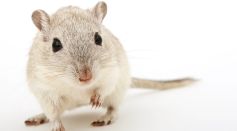
Evolution of Mammalian Face: How Did Mammals Develop Flexible Noses That Gave Them Strong Sense of Smell?
Unknown Eocene-Oligocene Mass Extinction that Wiped Out 60 Percent of Mammals Discovered for the First Time
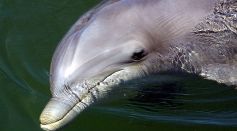
Dolphin Was Like an ‘Obsessed Suitor’ to Woman Trainer, Commits Suicide After Heartbreak; Do They Really Have Feelings?

Whales Have Five Fingers Hidden in Their Flippers As Seen in Necropsy; What Is It For?

Prehistoric Marsupial's Junk RNA Contains Antivirus Found Effective Against Novel Variants
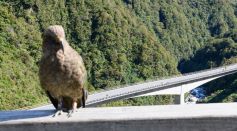
Higher Is Faster: Study Reveals Effect of Altitude, Environment on Bird, Mammal Evolution Rate in High Regions

'Hobbit' Species Unearthed in North America, Evidence of Mammalian Evolution After Dinosaur Extinction
Dolphins, Whales Underground Air-Breathing Finally Understood in Nasal Passage Study of Animals, Other Cetaceans’ Evolution
Plateau Pikas' Secret to Survival: Real-Life ‘Pikachus’ Have A Disgusting Way to Survive Harsh Winter Season
Sea Otters Does Not Freeze in Extremely Cold Water, Mammals Have Unique Capability of Producing Heat
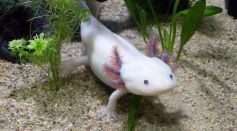
Limb Regeneration in Salamanders May Be Possible Soon, Mystery Behind It's Unique Ability Nearly Unveiled

Trove of Prehistoric Remains Including a Spiked Teeth Monster Salmon Accidentally Found in California
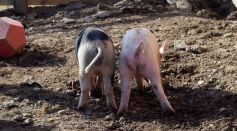
Mammals Breathe Through Intestines to Recover From Respiratory Distress; Can Humans Do The Same?
Most Popular

Starlink Satellite Explodes in Orbit; SpaceX Confirms It'll Re-Enter Earth

Aurora Phenomenon: How Geomagnetic Storms and Space Weather Are Lighting Up the World

Ocean Warming Explained: Why Climate Science Shows Sea Temperature Rise Is Speeding Up

How Wildfires Start, Spread, and Ignite: Understanding the Causes and Fire Behavior Clearly

![[WATCH] Dolphin Attacked Trainer in Front of Horrified Families: How Often Do These Sea Creatures Attack Humans?](https://d.sciencetimes.com/en/full/39538/watch-dolphin-attacked-trainer-front-horrified-families-how-often-do-these-sea-creatures.jpg?w=547&h=341&f=09e50c94643a30c1a83450d0958e401a)



